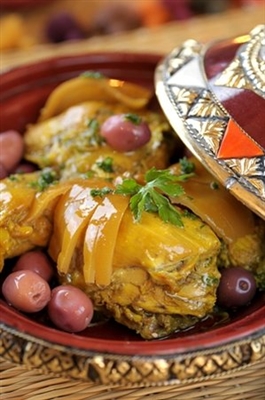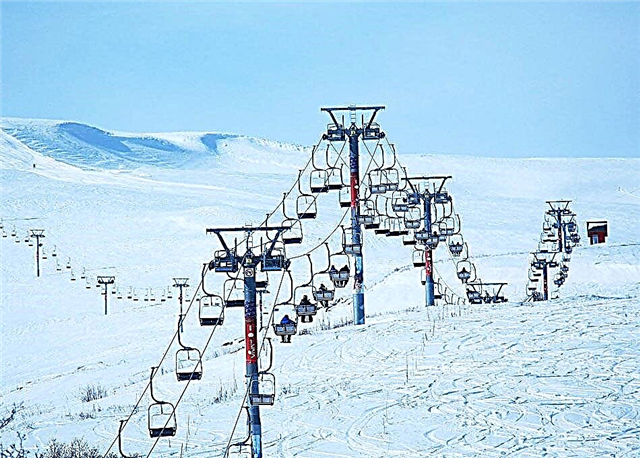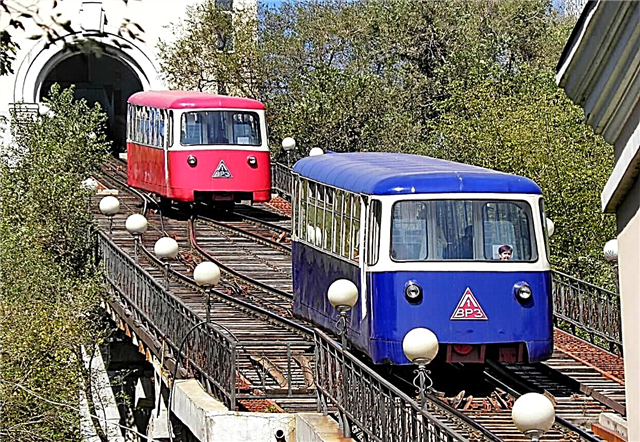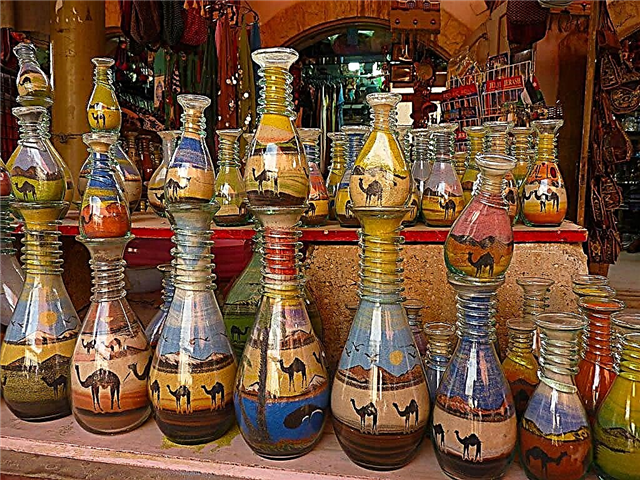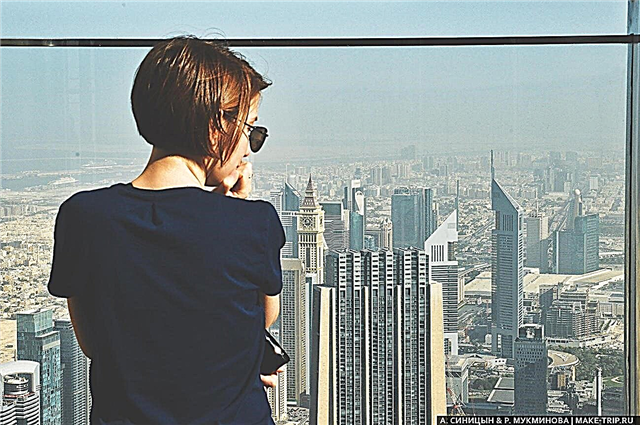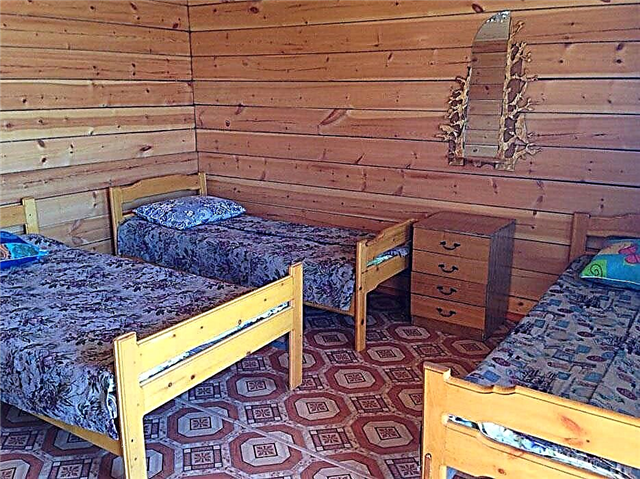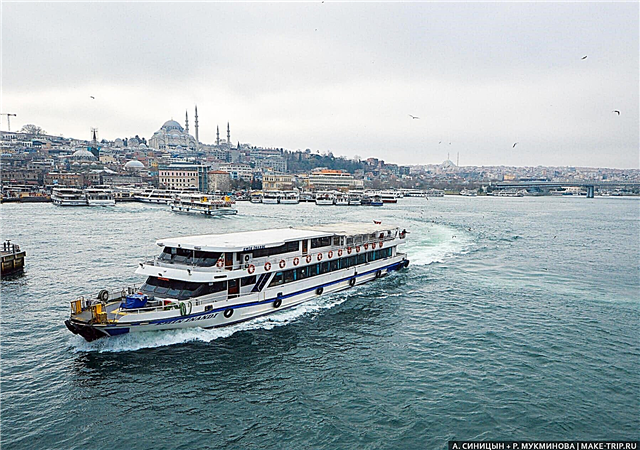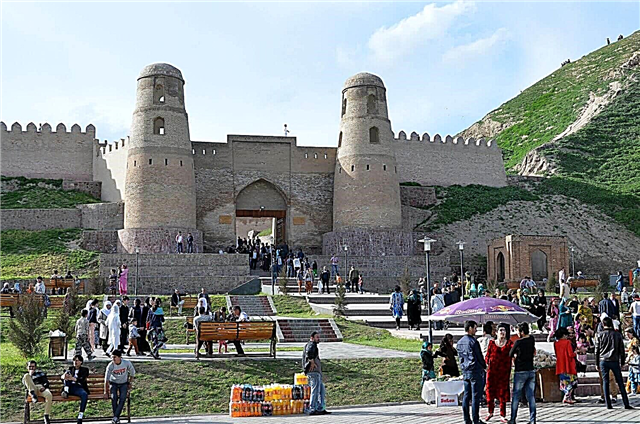According to estimates from the Agency of Statistics, in 2019 there are just over 9,120,000 people living in Tajikistan. They are dispersed mainly in small settlements, and there is only one millionaire city in the country - the capital of Dushanbe. In 3 more cities the number of inhabitants exceeded 100,000, in other cities there are much less people.
The cities of Tajikistan were often renamed. Some grew out of villages or by merging neighboring settlements. The tourist infrastructure is poorly developed, although in the capital you can relax in comfort and at the same time immerse yourself in the local flavor. To explore the ancient monuments, it is best to go to the vicinity of Gessar. And Vakhdat has amazing nature, including the healing springs of the nearby gorge.
The largest cities in Tajikistan
List of the largest cities in terms of population in the country.
Dushanbe
The capital of Tajikistan and the country's only millionaire city. In the center of Dushanbe there is an artificial lake Komsomolskoye, which is fed by the Dushanbinka River. The streets and parks have been planted with trees and shrubs for decades, so the city is very green. Must-see places - Rudaki Avenue, Botanical Garden, National Museum, Park "Bogi Poytakht". Recreation centers have been built on the outskirts.
Population - 1 001 700 people (2019).

Khujand
The capital of the northern part of Tajikistan, a transport hub and cultural center. From here travels along the Fergana Valley begin. Many buildings of the past have survived in Khujand, including palaces, mosques, and a citadel. The city has the oldest Orthodox church in the country - the Church of Mary Magdalene. The main bazaar is called Panchanbe and invites tourists to plunge into the eastern world.
Population - 181 600 people (2019).

Bokhtar
Until 2018, it was called Kurgan-Tyube. Stretches in the central part of the oasis. In the vicinity of Bokhtar there are the ruins of the Buddhist monastery Ajina-Tepe and the remains of the ancient settlement of Takhta Sangin. The nearby mausoleum of Khoja Mashad is a monument of ancient architecture that supposedly appeared overnight. The valley of 44 springs, called Chiluchor Chashma, is one of the most beautiful in Central Asia.
Population - 110 800 people (2019).

Kulyab
It is located on the slopes of the Khazratishokh ridge. It was founded as part of the Great Silk Road. It flourished in the Middle Ages. The mausoleum of Mir Said Ali Hamadoni is located in the central part of Kulob, where the thinker himself and his relatives are buried. The Historical Museum tells about the past and customs of the region. Not so long ago, the memorial complex "2700th Anniversary of Kulyab" was opened. The city has an international airport.
Population - 105,500 people (2019).

Istaravshan
It is located close to the borders with Kyrgyzstan and Uzbekistan. An important wholesale center. The traditions of artisans who produced knives, jewelry, shoes, and artistic embroidery have been preserved. Sightseeing: the Mugteppa settlement, the Kakh-kakha fortress, the Kok-Gumbaz madrasah, the mausoleum and the Khazrati Shokh mosque. The ethnographic museum deserves special attention, the exhibits of which are located in the hollow of an ancient plane tree.
Population - 64 600 people (2019).

Tursunzade
Named after the Tajik poet and statesman. In honor of his 100th anniversary, a museum was opened in 2011. The Church of the Most Holy Theotokos and the Great Mosque are the main religious sites of the city. The city stadium is one of the best in Tajikistan, and the local football team won the championship seven times in the 2000s. There is also a swimming pool and cinema. There is a dispensary at the aluminum plant.
Population - 53,700 people (2019).

Kanibadam
One of the oldest settlements in Central Asia. Folk crafts are developing in Kanibadam. Agriculture and petroleum refinery are the backbone of the local economy. Sightseeing: the Langari-Bobo mausoleum, the theater, the city museum, the Mir-Rajab-Dodho madrasah, built in the 16th century, and the Oim madrasah, which appeared a century later. Mineral deposits have been found in the vicinity.
Population - 52,200 people (2019).

Isfara
The city near the border with Kyrgyzstan is famous for its craftsmen and artisans. Wood carving is especially popular. Of the iconic sights of the past, the 16th century mosque has been partially preserved, which was also referred to as madrasah in documents. In the past, the building was significantly rebuilt. The ruins of the Kalai-Bolo fortress and the Khazrati-Bobo mausoleum dating from the 10th century are available in the vicinity.
Population - 50 700 people (2019).

Vahdat
During its existence, it changed several names, the previous one was Kofarnihon. A monument to the mother was erected in Vakhdat Several villages approach the city borders. In the nearby Romit Gorge there are not only protected forests and mountain streams, but also healing springs. The surrounding area offers hiking trails for ecotourism and hiking enthusiasts.
Population - 42 800 people (2019).

Penjikent
The distance to Uzbek Samarkand is 48 kilometers. The city is called “the ocean of Sogdian painting”. Penjikent is famous for its large bazaar. The coast of the Zeravshan River is a picturesque recreation area. An ancient settlement, a necropolis and the remains of a medieval citadel have been preserved on the outskirts. Artifacts found here during archaeological excavations have added to the collection of the local museum.
Population - 42 800 people (2018).

Buston
Until 2016 it was called Chkalovsk. It was originally a working village. It is believed that the first atomic bomb in the Soviet Union was created from uranium mined in the vicinity of Buston. The main attraction is the Church of the Iberian Icon of the Mother of God. The first stone was laid in 1993, and services began to be held at the construction stage. The temple has been operating in full force since 1995.
Population - 33,200 people (2019).

Nurek
It was founded in 1960 on the site of the village of the same name in connection with the construction of a hydroelectric power station. The height of its dam is 304 meters. The reservoir area is 98 km². The artificial lake is used for recreation and as a source of fresh water. Natural beauties coexist with landfills: industrial waste is not disposed of properly, so the environmental situation is difficult.
Population - 30,900 people (2019).

Khorog
Location - mountain gorge at the confluence of the Gunt and Panj rivers. Due to the elevations around the perimeter, the climate is mild. The city received its current status in 1925. It grew out of two villages, whose borders merged over time. The Pamir Botanical Garden is located near Khorog, and a little further, at a distance of 30 kilometers, is the Kofir-Kala archaeological complex.
Population - 30,300 people (2019).

Hissar
It stands at the intersection of Khanaki by the Gissar canal. A special breed of sheep is grown in the district, named after the mountain range that also gave the city its name. Sightseeing: the old madrasah, converted into a museum, and the ruins of the fortress. The borders of the Gissar Historical and Cultural Reserve begin a few kilometers from the city. It stretches over 86 hectares.
Population - 28 700 people (2019).

Istiklol
Until 2012, the city was called Taboshar. It is located near the Kuraminsky ridge. The local plant, which once carried out orders for the defense industry, has been modernized. Now he produces, among other things, souvenirs: vases and ornaments. The surroundings are rich in deposits of polymetallic ores. In addition, in the 1920s, the largest uranium ore deposit in Central Asia was discovered here.
Population - 17 300 people (2019).


